いろいろ exocrine pancreas 175332-Exocrine pancreas secretes
The secretions of the exocrine pancreas provide for digestion of a meal into components that are then available for processing and absorption by the intestinal epithelium Without the exocrine pancreas, malabsorption and malnutrition resultEvent Details Meeting Objectives The goal of this 15day workshop will be to gather clinical and basic science investigators who are interested in diseases of the exocrine and/or endocrine pancreas and in achieving an understanding of how the two compartments interact in diseaseThe exocrine pancreas is strategically located in the anterior abdominal cavity adjacent to the stomach, duodenum, and liver to enable secretion of digestive enzymes into the small intestine, and to convert ingesta into absorbable proteins, carbohydrates, and lipids
:watermark(/images/watermark_5000_10percent.png,0,0,0):watermark(/images/logo_url.png,-10,-10,0):format(jpeg)/images/overview_image/1881/CPsIC67xuz6pLt6JhAM6Wg_pancreas-histology_english.jpg)
Pancreas Histology Exocrine Endocrine Parts Function Kenhub
Exocrine pancreas secretes
Exocrine pancreas secretes- Pancreas is an exocrine gland as it has a duct to store pancreatic juice secreted by the pancreas and use it whenever required It is considered as a endocrine gland as it does not have a duct to store the hormones insulin and glucagon which____longstanding inflammation that leads to irreversible destruction of the exocrine pancreas, followed by eventual loss of islets of Langerhans Chronic Pancreatitis cause of chronic pancreatitisAlcoholism, gallstones (#1) HypercalcemiaHyperlipidemia Rare causes/forms of chronic pancreatitis
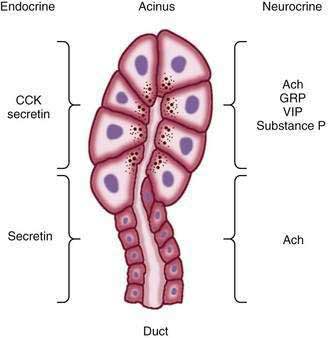



Pancreatic Secretion Clinical Gate
The exocrine pancreas is a grapelike clustering of acinar glands drained by ductules that ultimately converge to form the pancreatic duct Through this duct,Exocrine Secretions of the Pancreas Pancreatic juice is composed of two secretory products critical to proper digestion digestive enzymes and bicarbonate The enzymes are synthesized and secreted from the exocrine acinar cells, whereas bicarbonate is secreted from the epithelial cells lining small pancreatic ductsA The exocrine pancreas produces bile and the endocrine pancreas concentrates and stores bile b The exocrine pancreas produces acidic secretions and the endocrine pancreas produces alkaline secretions c The exocrine pancreas produces mucous and the endocrine pancreas produces enzymes
Exocrine pancreatic insufficiency (EPI) causes problems in how you digest food Your pancreas doesn't make enough of the enzymes that your body needs to What Is Exocrine Pancreatic Insufficiency?Reviewed by Michael Smith on Sources The National Pancreas Foundation "Exocrine Pancreatic Insufficiency (EPI)"Medical
The pancreatic acinar cell is the functional unit of the exocrine pancreas It synthesizes, stores, and secretes digestive enzymes Under normal physiological conditions, digestive enzymes are activated only once they have reached the duodenum Premature activation of these enzymes within pancreaticExocrine function of the pancreas The pancreas produces roughly 15–2 L of digestive secretions, which travel to the duodenum via the pancreatic duct These secretions consist of bicarbonate, which makes the fluid alkaline (pH 8), and several enzymes that are essential for digestion Trypsinogen and chymotrypsinogen are inactive protease Keywords Exocrine pancreatic insufficiency, Lipase, Steatorrhea, Fat malabsorption, Pancreatic enzyme replacement therapy, Pancreatic enzymes Background Exocrine pancreatic insufficiency (EPI) is defined by a deficiency of exocrine pancreatic enzymes resulting in an inability to maintain normal digestion



Liver And Pancreas



Exocrine Pancreas Biochemistry Flashcards Draw It To Know It
The pancreas is a long, slender organ, most of which is located posterior to the bottom half of the stomach (Figure 1791)Although it is primarily an exocrine gland, secreting a variety of digestive enzymes, the pancreas also has endocrine cells Its pancreatic islets—clusters of cells formerly known as the islets of Langerhans—secrete the hormones glucagon, insulin, somatostatin, and Exocrine pancreatic insufficiency or EPI is a term that describes a condition in which a person's pancreas is unable to produce and/or secrete normal levels of enzymes into the gastrointestinal track resulting in the inability of the person to digest and thus absorb some fats, vitamins, and minerals from foods (maldigestion) The exocrine (secreted) enzymes made by theIf you have exocrine pancreatic insufficiency (EPI), your body cannot properly digest fats, proteins, and carbohydrates in the food you eat In addition to preventing adequate digestion, EPI produces uncomfortable gastrointestinal (GI) symptoms Only your doctor can tell if your GI symptoms are due to EPI or another digestive condition




The Ductal System Serving The Exocrine Pancreas Cross Sect Flickr
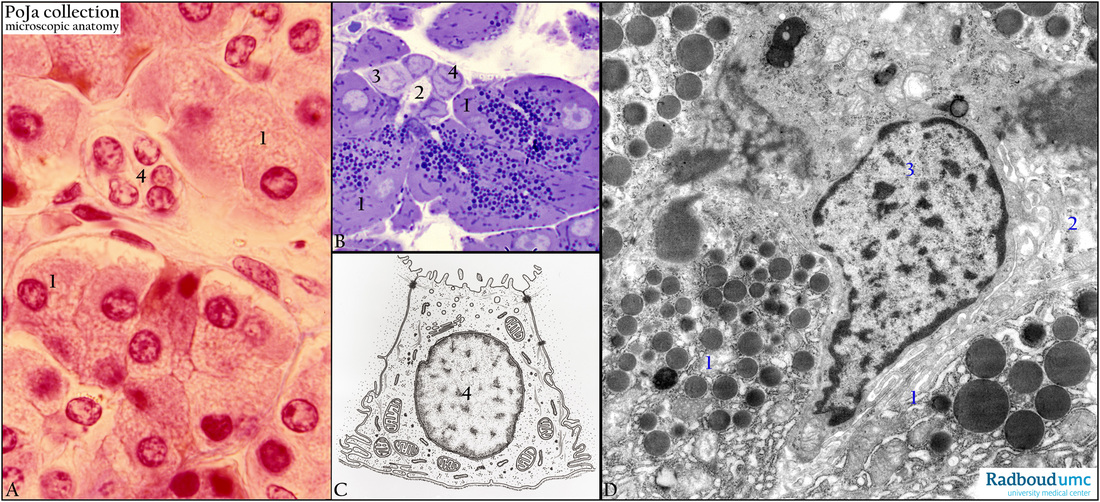



Intercalated Duct Of Exocrine Pancreas Human Rabbit Poja Collection Microscopic Anatomy
The exocrine pancreas produces three main types of enzymes amylase, protease, and lipase 3 Under normal physiologic conditions,The pancreas is a glandular organ located in the retroperitoneum between the duodenal curvature and the splenic hilum It has both exocrine and endocrine functions and is anatomically classified into four parts the head, neck, body, and tail The microscopic anatomy of the pancreas involves 99% exocrine and 1% endocrine tissue by weight that is organized into acini that surround multiple ducts The ducts eventually drain into the excretory duct, which is the main pancreatic duct (or Wirsung's duct)
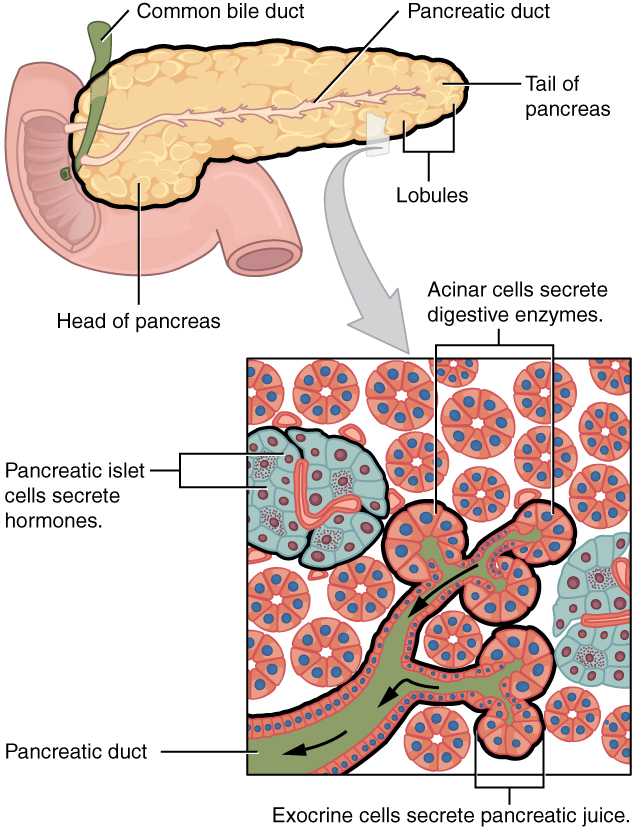



Pancreas Endocrine And Exocrine Functions Medical Library




Illustrates The Location Of Endocrine And Exocrine Pancreas In The Download Scientific Diagram
Exocrine pancreatic insufficiency (EPI) is a rare digestive disorder that's tied to other conditions, including chronic pancreatitis and cystic fibrosis Learn about the causes ofAs many as 8 in 10 adults with this disorder develop EPI Pancreatitis causes inflammation and swelling of the pancreas Over time, chronic inflammation can damage the pancreatic cells that make digestive enzymes Other causes of EPI in adults include The pancreas, named for the Greek words pan (all) and kreas (flesh), is a soft, lobulated, retroperitoneal organ that is 1215 cm long and roughly J
:watermark(/images/watermark_5000_10percent.png,0,0,0):watermark(/images/logo_url.png,-10,-10,0):format(jpeg)/images/overview_image/1881/CPsIC67xuz6pLt6JhAM6Wg_pancreas-histology_english.jpg)



Pancreas Histology Exocrine Endocrine Parts Function Kenhub




Pin On Bsf
The pancreas has digestive and hormonal functions The enzymes secreted by the exocrine gland in the pancreas help break down carbohydrates, fats, and proteins These enzymes go down the pancreatic duct into the bile duct in an inactive form When they go into the duodenum, they are activated The exocrine tissue also secretes a bicarbonate226 Pancreas Exocrine Pancreas View Virtual EM Slide In this low power electron micrograph, observe the organization of the acini, composed of acinar cells Within the acinar cells you will see the basal rough endoplasmic reticulum and the numerous secretory granules in the apical region of the cells, facing the small lumen of the acinus The pancreas is both an exocrine accessory digestive organ and a hormone secreting endocrine glandThe bulk of the pancreatic tissue is formed by the exocrine component, which consists of many serous pancreatic acini cellsThese acini synthesize and secrete a variety of enzymes essential to successfully "rest and digest"
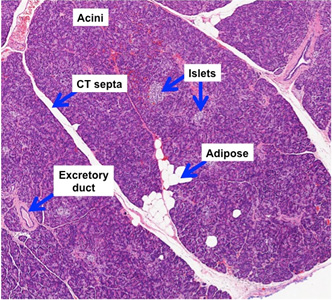



Human Structure Virtual Microscopy



Pancreatic Acinus On Chip Han Research Group
The pancreas is really two glands that are mixed together into one organ with two separate functions The bulk of the pancreas is composed of "exocrine" (exo=outward) cells that produce enzymes to help with the digestion of food These exocrine cells are called "acinar cells" and they produce and transport enzymes that are released intoSo the next organ we're going to talk about in our toward abdomen is the pancreas and I've drawn the pancreas right here let me just write that out this is our pancreas which I believe you may have heard about before the pancreas sits below and behind the stomach and it kind of hugs the first part of our small intestine here which I think you may now recognize is called the duodenum inComplications associated with acute pancreatitis exocrine pancreas insufficiency (EPI) a condition characterized by deficiency of the exocrine pancreatic enzymes, resulting in the inability to digest food properly, or maldigestion may be associated with chronic pancreatitis and cystic fibrosis




A Primer On Exocrine Pancreatic Insufficiency Fat Malabsorption And Fatty Acid Abnormalities



Liver And Pancreas
Exocrine pancreatic cancer is the most common type Exocrine cells release the digestive enzymes through ducts These cells make up most of the pancreas The pancreatic ducts come together to form the main pancreatic duct This main duct joins the bile duct of the liver to form the ampulla of Vater, located in the duodenumEPI –when the pancreas does not secrete enough digestive enzymes– is common in people with chronic pancreatitis This is because as the pancreas gets scarred, the part of the pancreas that generates enzymes is destroyed and thus is unable to produce these enzymes that are essential in theWhat is Exocrine Pancreatic Insufficiency (EPI)?




Implications Of Integrated Pancreatic Microcirculation Crosstalk Between Endocrine And Exocrine Compartments Diabetes




Pancreas Wikipedia
Exocrine pancreatic insufficiency, also called EPI, is a condition affecting the pancreas that hinders the body's ability to digest food, according to the American GastroenterologicalExocrine pancreatic insufficiency is a syndrome caused by insufficient synthesis of pancreatic digestive enzymes by the exocrine portion of the pancrease The clinical signs most commonly reported are weight loss, loose and voluminous stools, and greasy soiling of the hair coat Exocrine Pancreas – The Functional Unit The functional unit of the exocrine pancreas includes the acinus and its duct system The word acinus is from the Latin term for "berry in a cluster" These acinar cells are specialised in enzyme synthesis, storage and secretion




Light Micrograph Of The Exocrine Pancreas At High Magnification
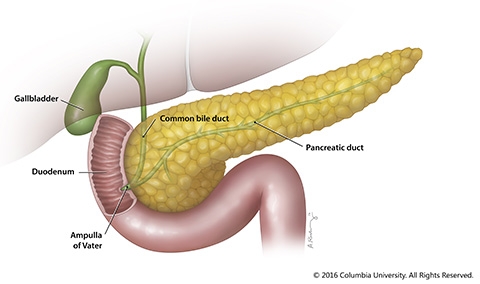



The Pancreas And Its Functions Columbia University Department Of Surgery
Pancreatic exocrine cancer is a disease where cells of the pancreas grow at an outofcontrol rate and form tumors 94% of pancreatic cancers occur in the exocrine cells, as stated by the Pancreatic Cancer Action Network In this type of cancer, tumors formPancreatic Exocrine Tumors About 94% of pancreatic cancers are classified as exocrine tumors These tumors start in the exocrine cells of the pancreas The following table describes the most common pancreatic exocrine tumors Adenocarcinoma is the most common type of pancreatic cancer It accounts for about 90% of all pancreatic cancers Exocrine pancreatic insufficiency (EPI) develops when your pancreas doesn't make or release enough of those enzymes This enzyme shortage leads to difficulty converting food into forms your




Pancreas Exocrine Pancreas Racemose Endocrine Pancreas Islets Of Langerhans Ppt Download




Pancreatic Secretion Clinical Gate
The exocrine secretion of the pancreas consists of enzymes that digest food in the small intestine, and sodium bicarbonate to neutralize hydrochloric acid from the stomach in the duodenum See pancreatic juice The islets of Langerhans contain alpha, beta, and delta cellsCreated by Raja NarayanWatch the next lesson https//wwwkhanacademyorg/testprep/nclexrn/rngastrointestinalsystem/rnthegastrointestinalsystem/v/endThe acinar cells of the exocrine pancreas synthesize digestive enzymes in basallylocated rough endoplasmic reticulum The enzymes, in their inactive form, are packaged into secretory granules and then released into the duct system The enzymes are not activated until they reach the lumen of the duodenum The acinar cells of the exocrine




Exocrine Pancreas Definition Of Exocrine Pancreas By Medical Dictionary



What Are Some Relevant Examples That Explain Why The Pancreas Gland Has Both The Exocrine And Endocrine Function Quora
The Exocrine Pancreas in Dogs and Cats The pancreas has both endocrine and exocrine functions The exocrine pancreas is made up of pancreatic acinar cells and a duct system that opens into the proximal duodenum Pancreatic acinar cells synthesize and secrete digestive enzymes (eg, amylase, lipase, and others) and inactive proenzymes of



Exocrine Secretions Of The Pancreas




Pancreas Wikipedia
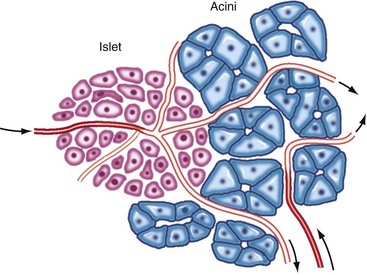



Pancreas Veterian Key
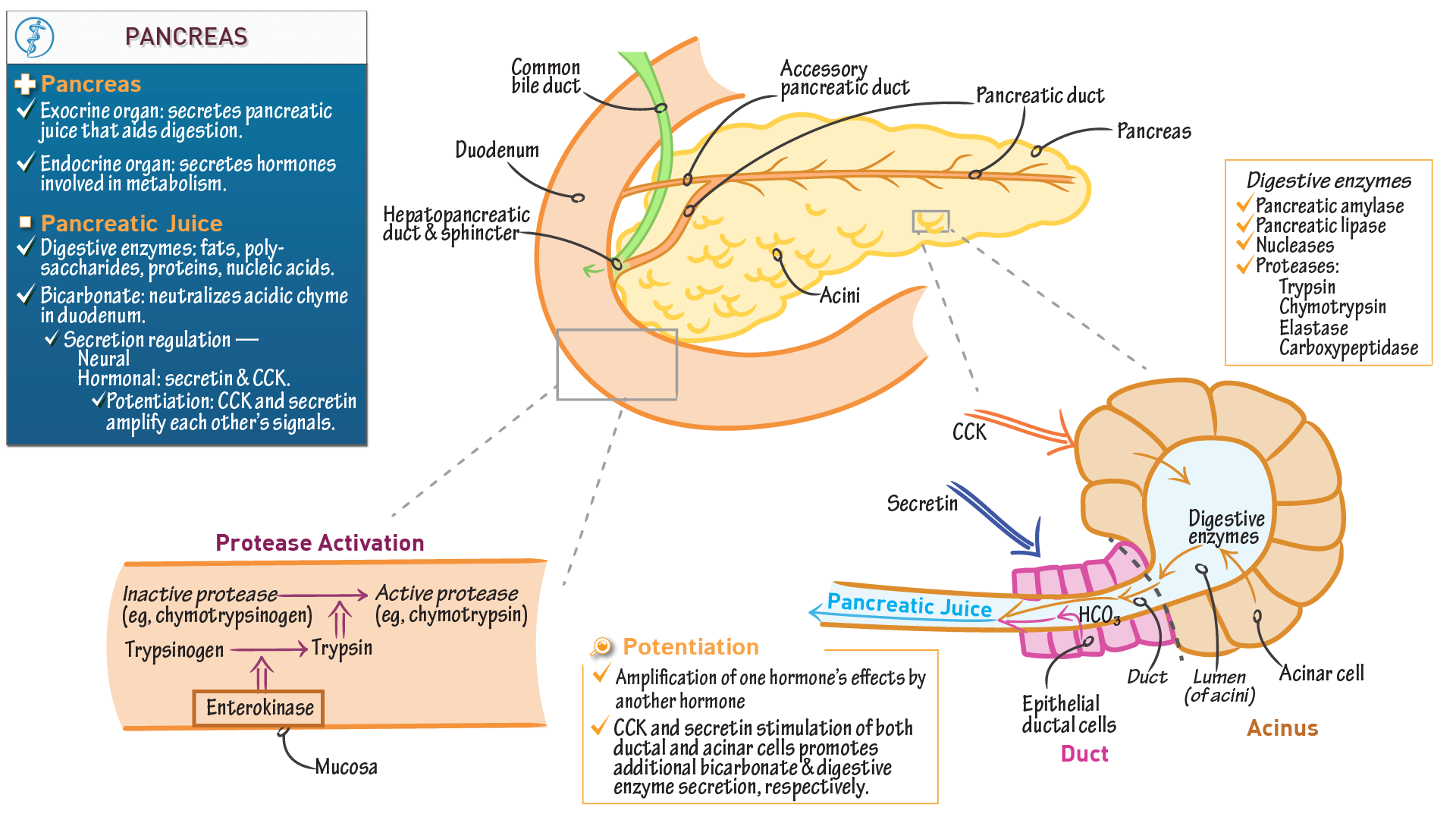



Exocrine Pancreas Draw It To Know It




Intermediate Filament Keratins In The Exocrine Pancreas Pancreapedia
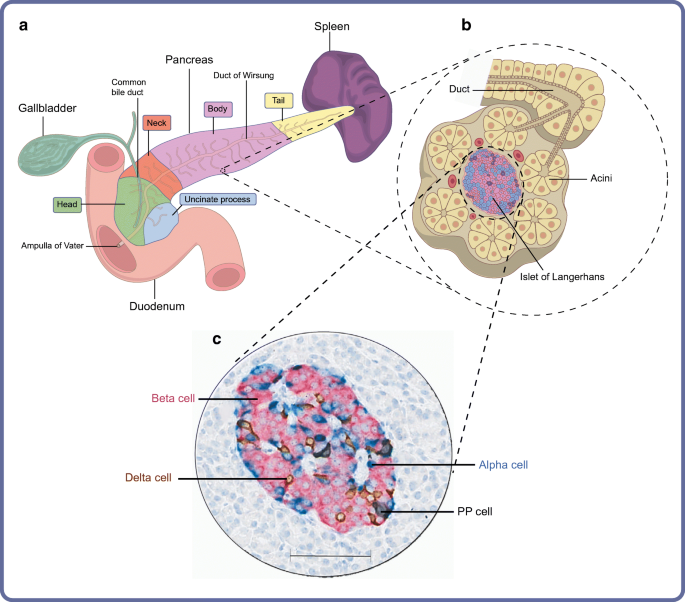



Organisation Of The Human Pancreas In Health And In Diabetes Springerlink
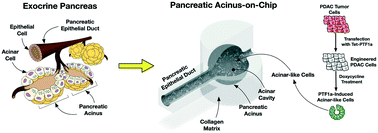



Engineering Of A Functional Pancreatic Acinus With Reprogrammed Cancer Cells By Induced Ptf1a Expression Lab On A Chip Rsc Publishing




What Is Pancreatic Cancer




Pancreas Wikipedia




Pin En Not So Offal Inner Organs




Regeneration Of The Exocrine Pancreas The Exocrine Pancreas Is Download Scientific Diagram



What Is The Function Of The Pancreas In Both Endocrine And Exocrine Systems Quora




Disorders Of The Exocrine Pancreas Pathophysiology Of Disease An Introduction To Clinical Medicine Lange Medical Books 7th Ed




Light Micrograph Of Part Of The Exocrine Pancreas
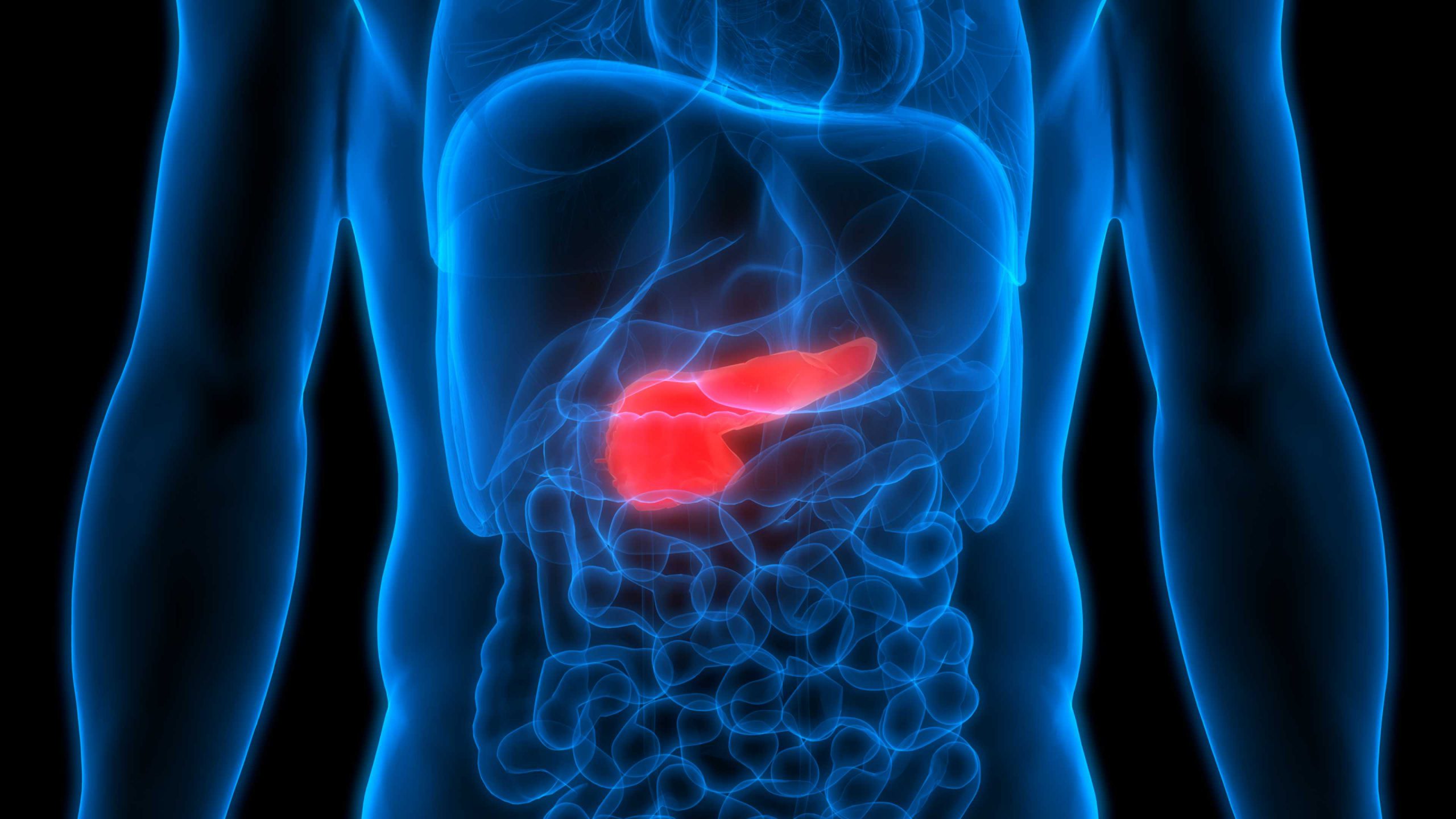



Exocrine Pancreatic Insufficiency Causes Diagnosis Treatment




Pancreatic Exocrine Cancer Gut And Gastroenterology



Exocrine Pancreas Dr Jastrow S Electron Microscopic Atlas



Lecture 14 Liver Gallbladder Pancreas



Exocrine Pancreas
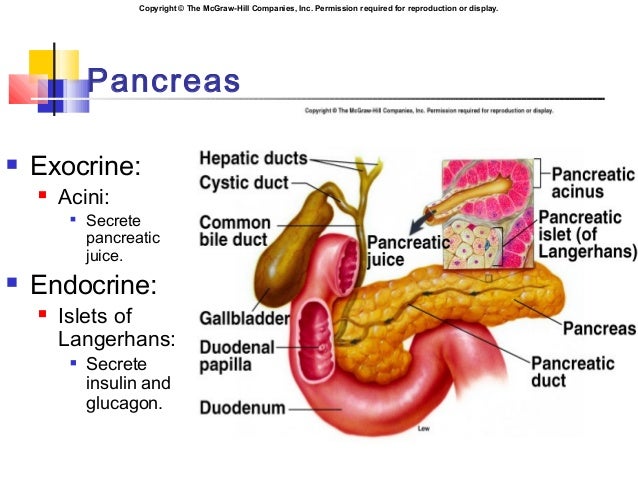



The Exocrine Functions Of The Pancreas




Disorders Of The Exocrine Pancreas Miniatlas Ec Europe




Exocrine Pancreas Sciencedirect
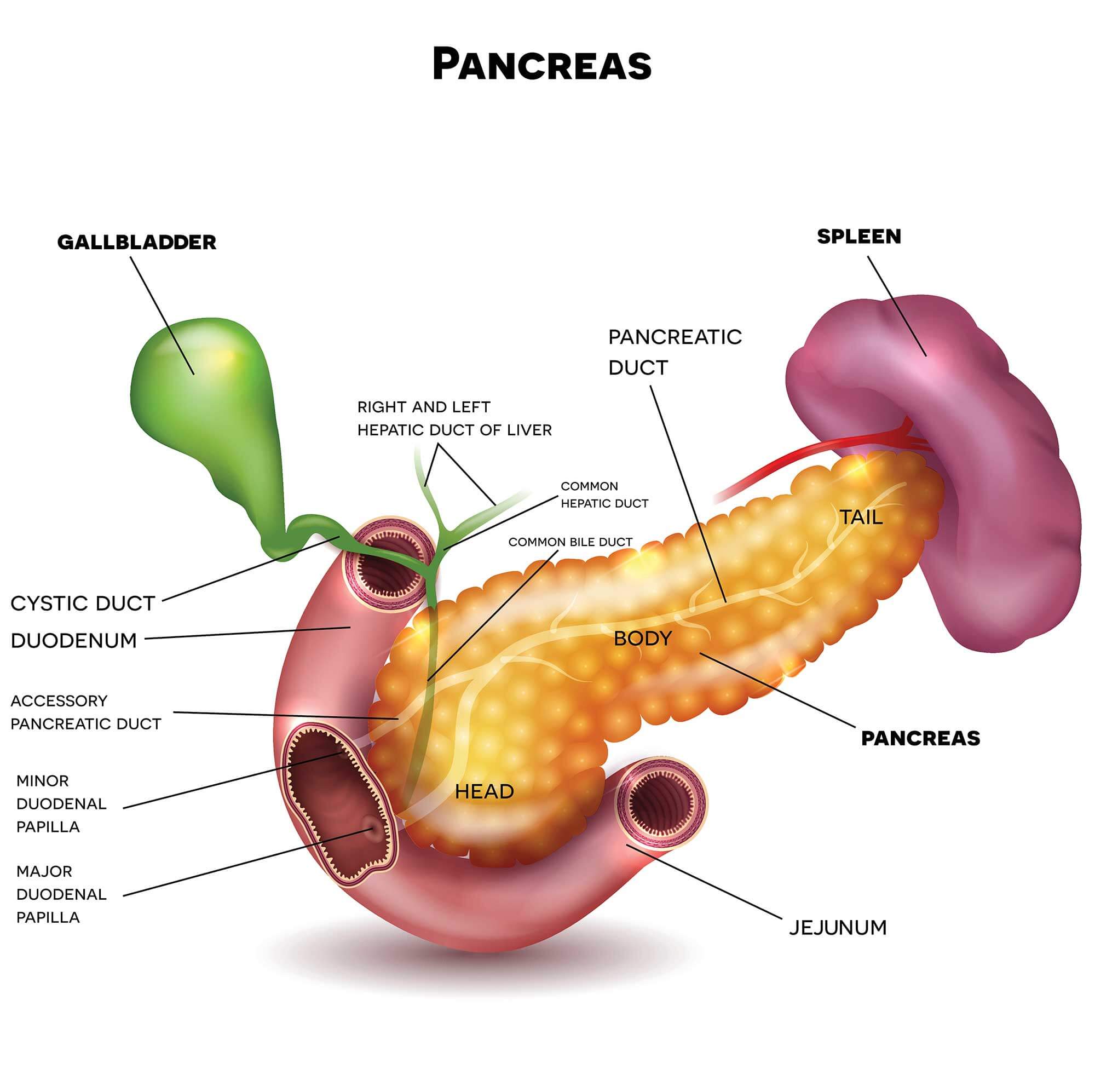



Pancreatic Cancer Types Johns Hopkins Medicine




Exocrine Pancreas Flashcards Quizlet




Disorders Of The Exocrine Pancreas Pathophysiology Of Disease An Introduction To Clinical Medicine Lange Medical Books 7th Ed
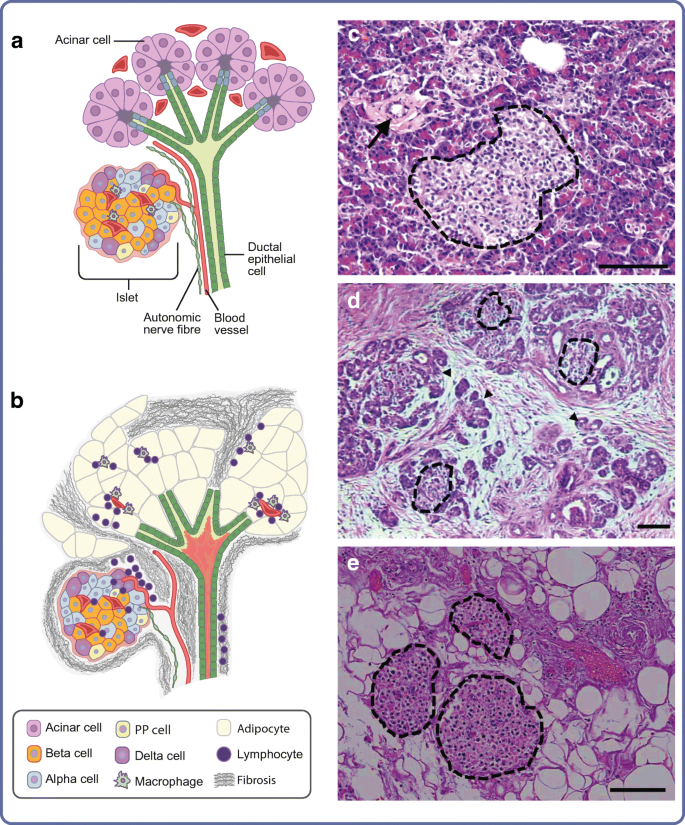



A Tale Of Two Pancreases Exocrine Pathology And Endocrine Dysfunction Springerlink




The Pancreas Structure Role Pathology Study Com




P2ry1 Alk3 Expressing Cells Within The Adult Human Exocrine Pancreas Are Bmp 7 Expandable And Exhibit Progenitor Like Characteristics Cell Reports
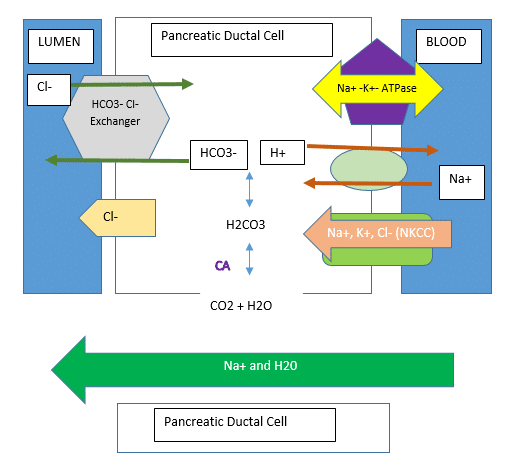



The Exocrine Pancreas Function Secretion Regulation




Jci The Pancreatic Stellate Cell A Star On The Rise In Pancreatic Diseases




Exocrine Pancreatic Insufficiency Youtube



Exocrine Pancreas Adaptive Learning For Laboratory Medicine
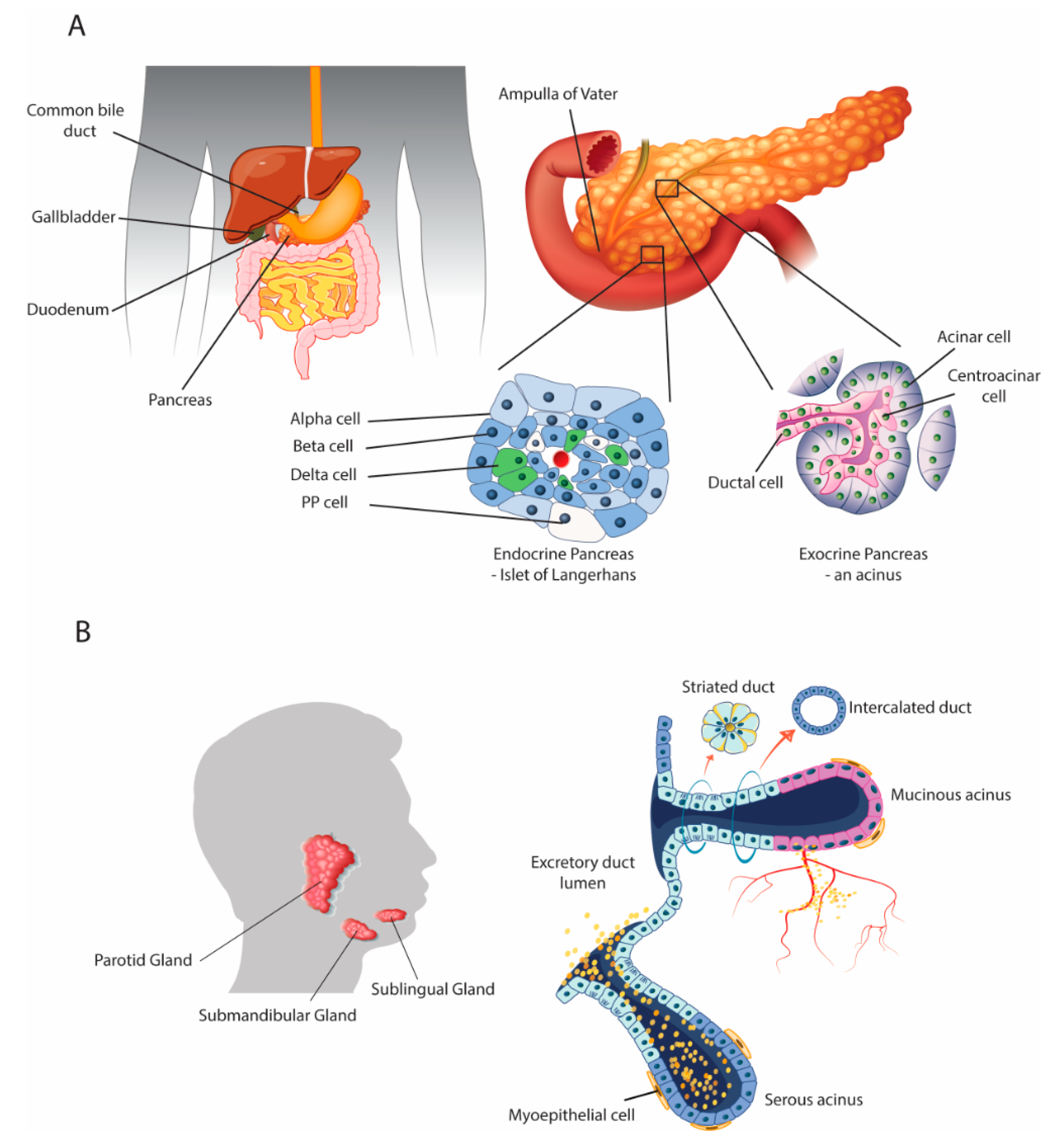



Biomedicines Free Full Text Defining Parallels Between The Salivary Glands And Pancreas To Better Understand Pancreatic Carcinogenesis Html




Question Video Describing The Function Of Pancreatic Exocrine Cells Nagwa




Anatomical Organization Of The Pancreas The Exocrine Function Of The Download Scientific Diagram



1
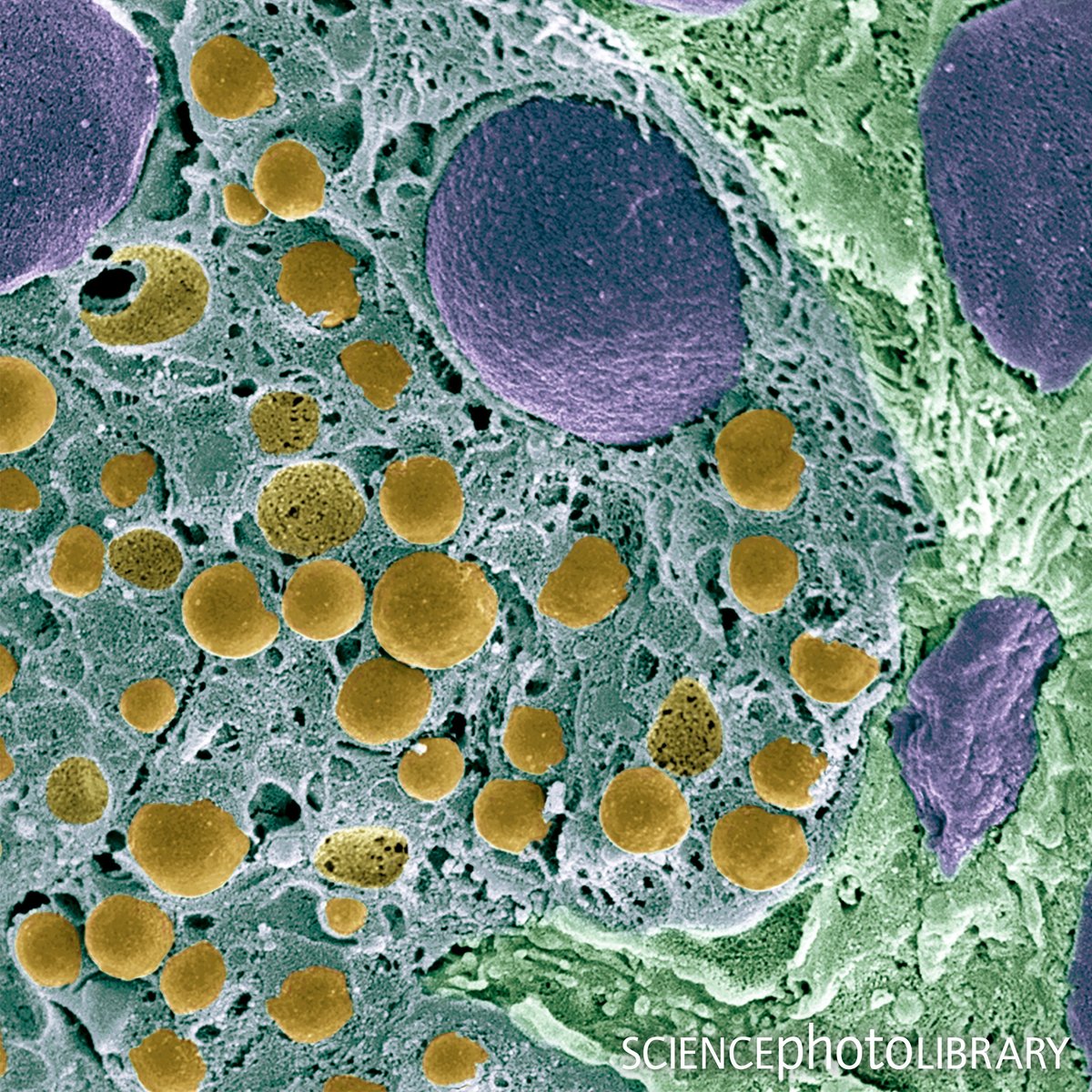



Sciencephotolibrary A Twitter Steve Gschmeissner Captured Part Of The Exocrine Pancreas With An Sem First Image And A Tem Second Image Credit Steve Gschmeissner Science Photo Library T Co 0oe86sgwot Anatomy Biology Cell




Functiondysfunction Of Endocrine Pancreas Pancreas Anatomy Both Exocrine




Exocrine Pancreas Definition Of Exocrine Pancreas By Medical Dictionary




Screen 2 On Flowvella Endocrine Exocrine Pancreas Png Image Transparent Png Free Download On Seekpng



E Pancreas Hook Ap Psychology 1b



Labelled




3 Exocrine Pancreas Flashcards Quizlet



1



Basic Histology Exocrine Pancreas




Exocrine Pancreatic Insufficiency Clinical Gastroenterology And Hepatology




Figure 5 From Organogenesis Pancreatic Organogenesis Developmental Mechanisms And Implications For Therapy Semantic Scholar




Pancreatic Exocrine Insufficiency In Lxrb Mice Is Associated With A Reduction In Aquaporin 1 Expression Pnas




Beneficial Effects Of Physical Exercise On The Exocrine Pancreas Semantic Scholar




Pancreas Endocrine And Exocrine Pancreas Overview Youtube




Regulation Of Pancreatic Exocrine Function By Islet Hormones Pancreapedia




Exocrine Pancreatic Insufficiency What It Is And Who S At Risk
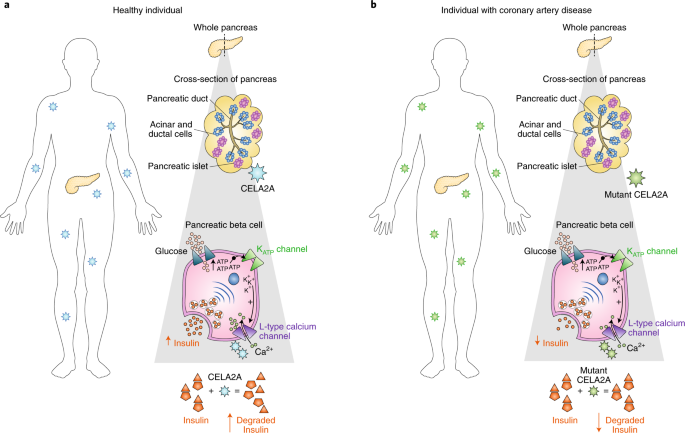



Exocrine Or Endocrine A Circulating Pancreatic Elastase That Regulates Glucose Homeostasis Nature Metabolism




Pancreatic Exocrine Insufficiency In Lxrb Mice Is Associated With A Reduction In Aquaporin 1 Expression Pnas




Implications Of Integrated Pancreatic Microcirculation Crosstalk Between Endocrine And Exocrine Compartments Diabetes




Exocrine Pancreatic Insufficiency In Dogs Vca Animal Hospital
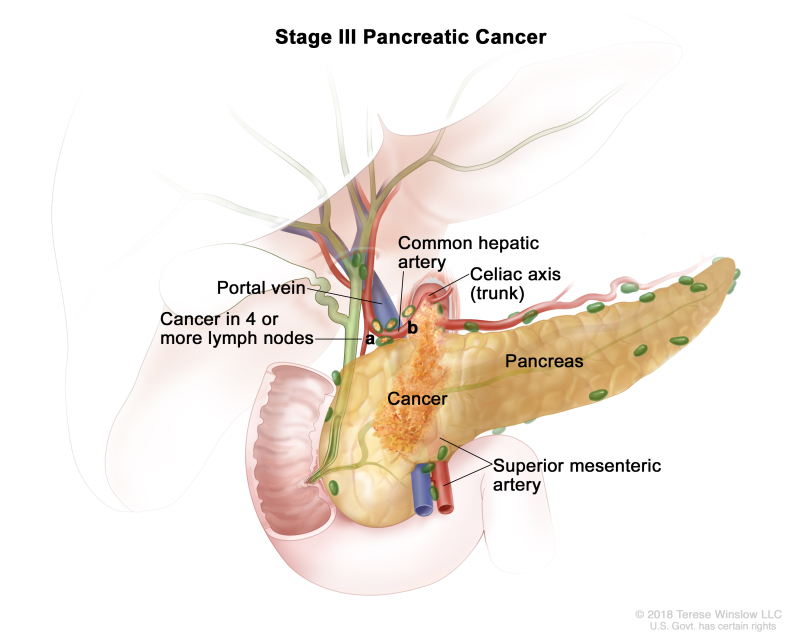



Table Table 4 Definitions For Exocrine Pancreas Tnm Stage Iiia Pdq Cancer Information Summaries Ncbi Bookshelf




Pancreas Function Pancreatic Cancer Johns Hopkins Pathology




Topic 14 Nutrition In Pancreatic Diseases Module 14 2 Chronic Pancreatitis Printable Version Johann Ockenga Md Prof Dep Of Gastroenterology Endocrinology Nutrition Klinikum Bremen Mitte St Juergensstrasse 1 Bremen Frg Learning
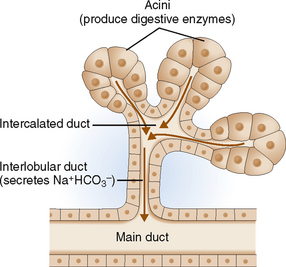



The Exocrine Pancreas Basicmedical Key




Covid 19 Injures Exocrine And Endocrine Pancreas
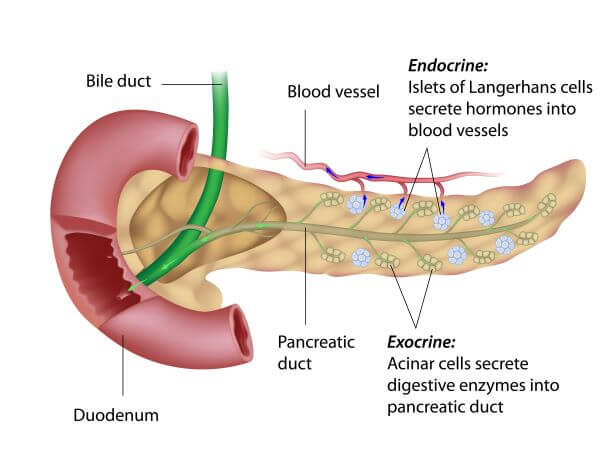



Acinar Cell The Definitive Guide Biology Dictionary




Regulation Of The Pancreatic Exocrine Differentiation Program And Morphogenesis By Onecut 1 Hnf6 Sciencedirect
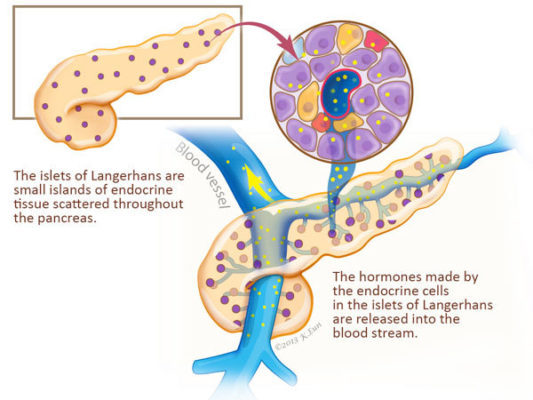



Pancreas Function Pancreatic Cancer Johns Hopkins Pathology
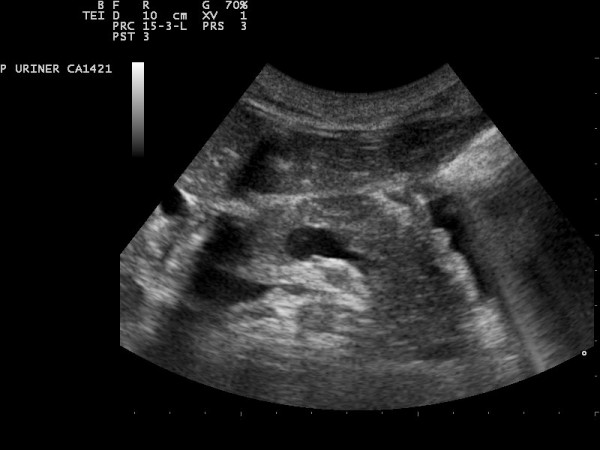



Pancreas Endocrine And Exocrine Functions Medical Library




Sex Differences In The Exocrine Pancreas And Associated Diseases Cellular And Molecular Gastroenterology And Hepatology
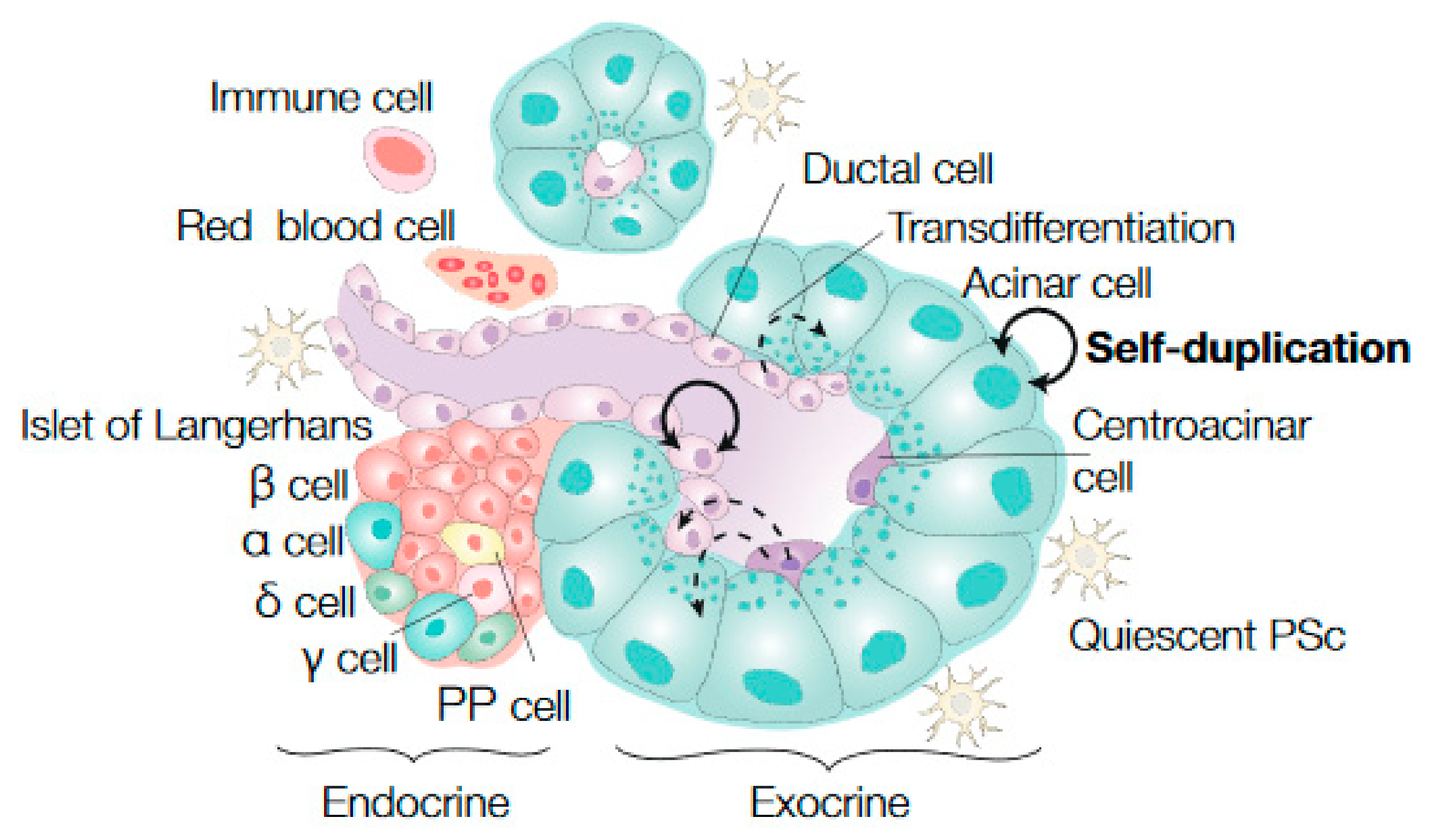



Cancers Free Full Text Stem Cells In The Exocrine Pancreas During Homeostasis Injury And Cancer



Pancreatic Histology Exocrine Tissue
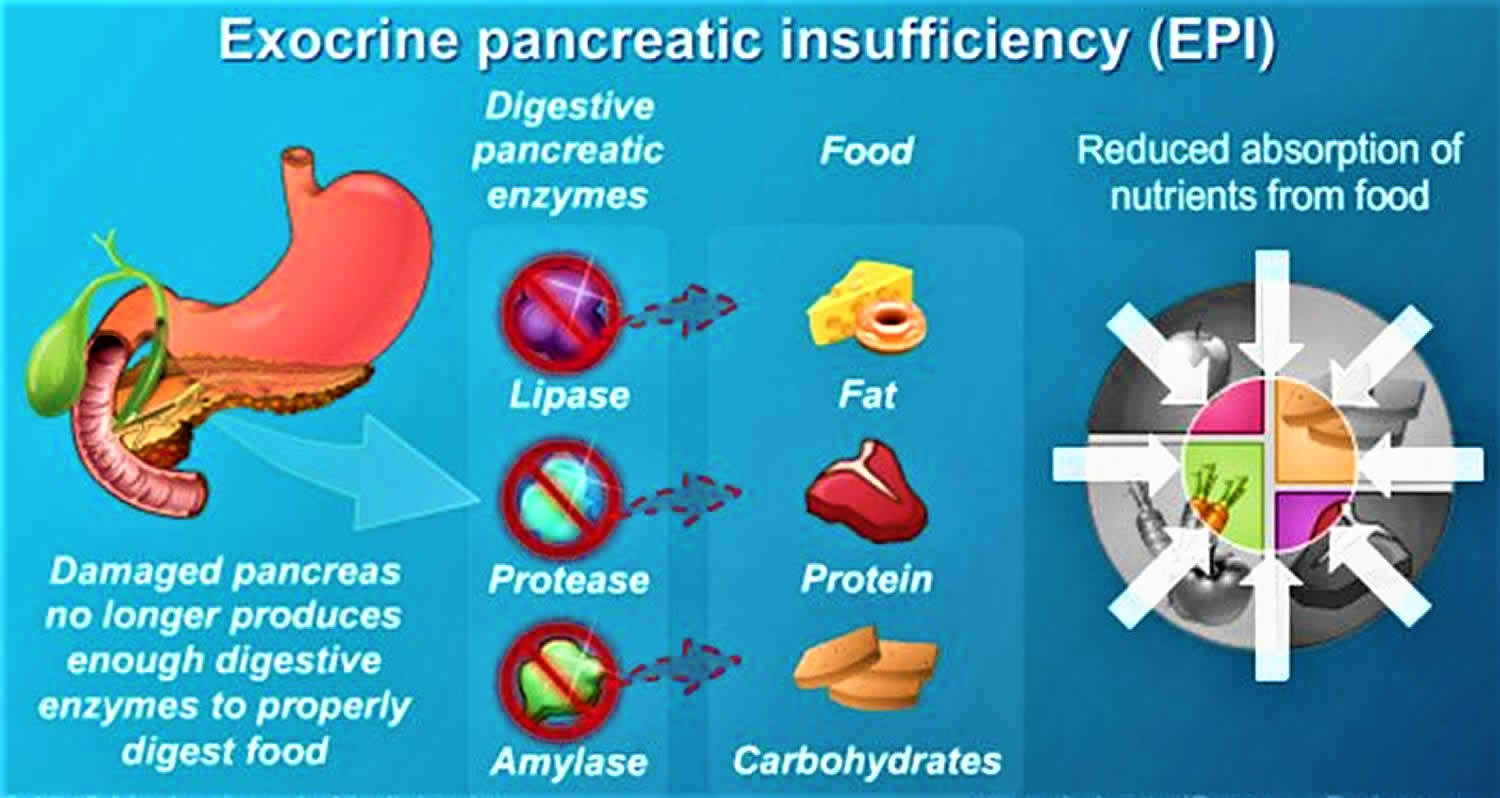



Exocrine Pancreatic Insufficiency Causes Symptoms Diagnosis Treatment



Pancreatic Histology Exocrine Tissue



Pancreatic Acinar Cells




Histological Typing Of Tumours Of The Exocrine Pancreas Who World Health Organization International Histological Classification Of Tumours Kloppel G Solcia E Longnecker D S Capella C Sobin Leslie Amazon Com Books
:watermark(/images/watermark_only.png,0,0,0):watermark(/images/logo_url.png,-10,-10,0):format(jpeg)/images/anatomy_term/pancreatic-acinar-cells/86g1HQPABGT8iQy0zPdrpg_Exocrine_cell_of_pancreas.png)



Pancreas Histology Exocrine Endocrine Parts Function Kenhub




Pancreas Function Pancreatic Cancer Johns Hopkins Pathology




The Roles Of Calcium And Atp In The Physiology And Pathology Of The Exocrine Pancreas Physiological Reviews




Implications Of Integrated Pancreatic Microcirculation Crosstalk Between Endocrine And Exocrine Compartments Diabetes




Regeneration Of The Exocrine Pancreas The Exocrine Pancreas Is Download Scientific Diagram
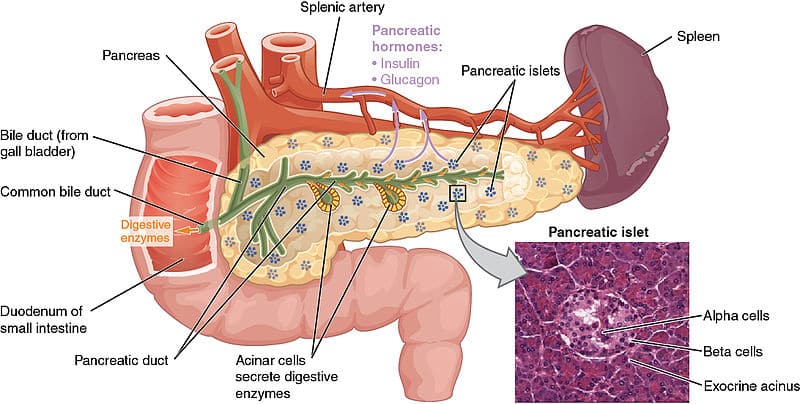



The Exocrine Pancreas Function Secretion Regulation




Overview Of Exocrine Gland Physiology Pancreatic And Salivary Glands The Gastrointestinal System Medical Physiology 3rd Edition




A Tale Of Two Pancreases Exocrine Pathology And Endocrine Dysfunction Springerlink



E Ovarian Teratoma Exocrine Pancreas 100x




Exocrine Pancreas Video Digestive Glands Khan Academy




Biliary Passages Pancreas Objectives The Student Should Be




Exocrine Pancreas An Overview Sciencedirect Topics
コメント
コメントを投稿